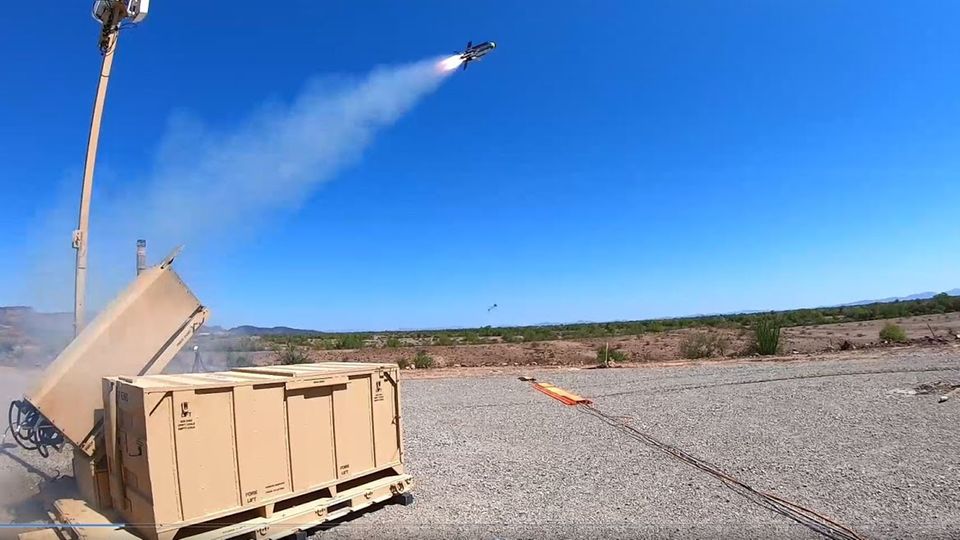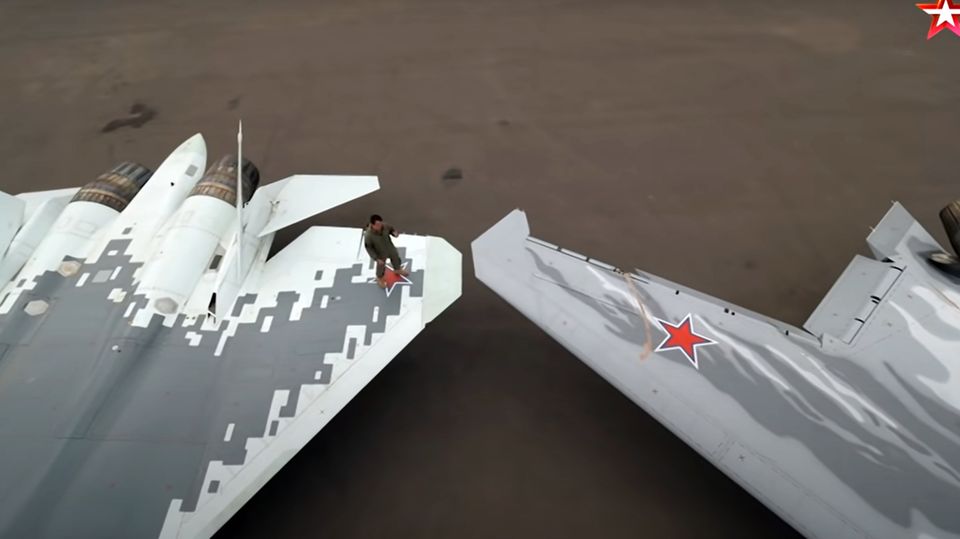British report
Ukraine to lose 10,000 drones a month – what that would mean
A Ukrainian fighter launches a reconnaissance drone.
© Wolfgang Schwan / Picture Alliance
In the Ukraine war, large numbers of drones are used for the first time and enormous amounts are lost, according to a report by the military think tank RUSI. The biggest problem for the West is the origin of the drones.
The British military think tank RUSI claims in a recent report that Ukraine is losing around 10,000 drones every month. The study “Meatgrinder: Russian Tactics in the Second Year of Its Invasion of Ukraine” addresses various aspects of warfare. It corrects the image that the Russian armed forces are incapable of modern warfare and focuses on their strengths. This includes electronic warfare over the battlefield.
Strengths in electronic warfare
“Electronic warfare remains a crucial component of Russian combat. While there was an extremely high density of EW (Electronic Warfare) systems in Donbass in 2022, the AFRF (Armed Forces Russian Federation) is now deploying a larger EW system per 10 km of front line, which is usually located about 7 km from the front line… These platforms usually aim at UAVs [Uncrewed Air Vehicles – Drohnen] to disrupt and destroy… The Russian military continues to make extensive use of navigational jamming in the battlefield as a form of electronic protection. This contributes to a Ukrainian UAV loss rate of about 10,000 per month.”
The enormous number of 10,000 drones made waves. It is an estimate based on three anonymous sources. The number is not certain, but not improbable either. Because these are not large and expensive combat drones like the Turkish TB2, but mostly small, commercial quadcopters. One of the authors, Dr. Jack Watling explained the number on Twitter, recalling that the front line is 1200 kilometers long and every platoon of the Ukrainian army now operates with drones. These are also used on the “quiet” sections without major ground fighting. “How confident am I of the figure of 10,000 per month? As an exact number, I’m not. The actual total fluctuates month-to-month and day-to-day and isn’t tracked closely. But consumption is definitely very high. If the number So it’s not accurate – any rounded number is suspect – why use it at all? Because it’s the number we got from the Ukrainian General Staff, from the body that has the best data.”
This means that the dimension is probably correct. Drones are a consumable in modern warfare, like ammunition. A commercial quadcopter costs about $1000. Financially, the “consumption” is acceptable. Compared to large-scale military systems, these drones are very cheap. 10,000 drones equals $10 million. Or two main battle tanks – losing them would add to the death of the crew. You could also calculate: the drone losses over three to four months correspond to the costs of just one combat aircraft.
Easy to have and easy to lose
Commercial drones do not have protected electronics or communications, so they can easily be jammed. Watling: “Unprotected drones are disposable tools like ammunition and are used up very quickly. You need them in your squad and they have to be cheap.” Not every disruption leads to a loss. If the control is aborted, they try to return to the starting point, if satellite communication is disrupted they land and can then be rescued – by their own people or by the enemy.
In the western military, this type of deployment requires a rethink. The Bundeswehr in particular is known for demanding “gold-rimmed solutions” with such special requirements that this equipment cannot be procured on the market but has to be specially developed in order to then be built in small numbers. The Ukraine, on the other hand, falls back on the general market, otherwise these quantities could not be procured at all.
Produced in China
But there is a problem here too. These small drones are vital to ground warfare, but they are made in China. Ukraine mainly uses systems from DJI, the world leader in drones. DJI is based in Shenzhen and is subject to US sanctions. The Chinese government tightly controls the trade in military drones and claims it will not supply them to either Russia or Ukraine. However, this does not apply to civilian drones, which are first upgraded for military use by the customer. Here the West faces a dilemma. It will not be possible to set up a production that corresponds to the volume of DJI for military purposes alone. Civilian production in the West would have to take the corresponding shares of the world market from Chinese companies.
Source: RUSI, Jack Watling Twitter




